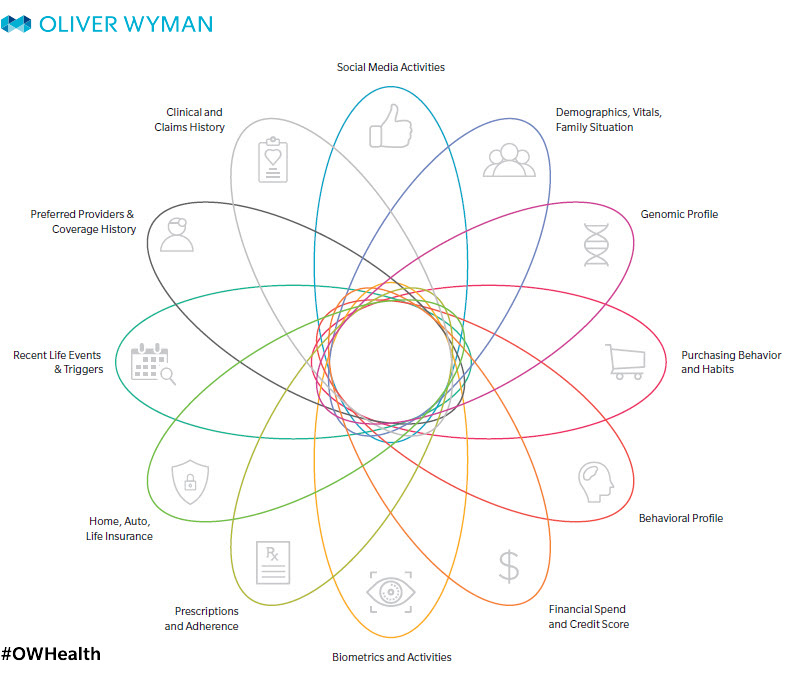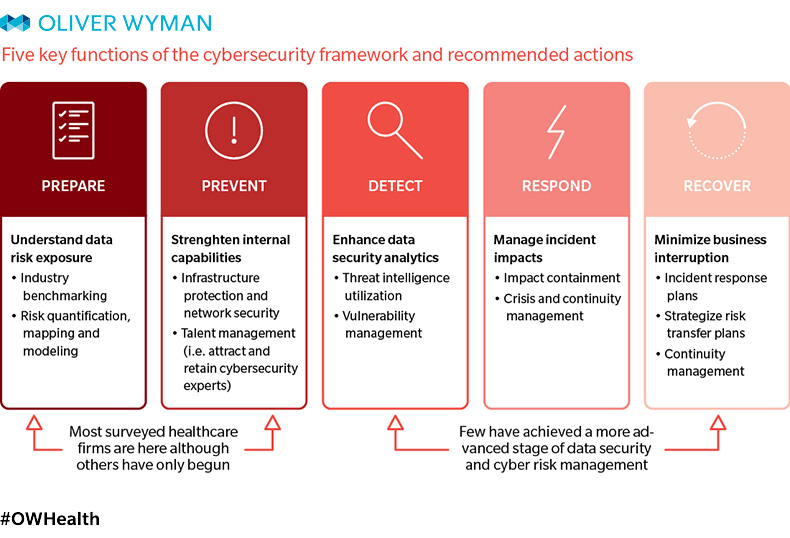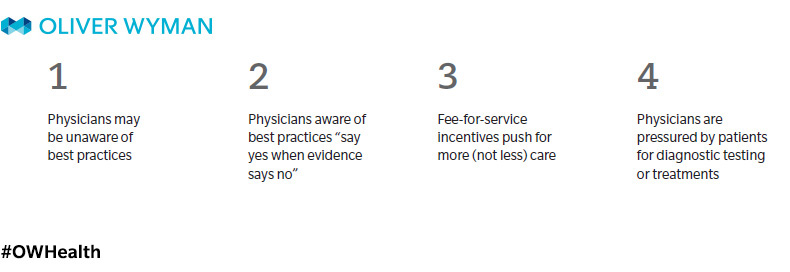Healthcare is ultimately a business, and an information business at that. Consumers regularly share their intimate health data. They input their exact morning running routes onto social media via companies like Apple. They mail envelopes of their saliva along to companies like 23AndMe. They consent to preferred providers storing and distributing their health information at will. And, they trust their physicians are practicing in alignment with the highest standards set forth by medical data.
In this series of articles below (Chapter 3 of Oliver Wyman's Health Innovation Journal: Volume 2) we examine what's happening to healthcare's data, how it is being managed, and how it is impacting tomorrow's landscape.
Putting the Health Data Graph to Use
We are sitting on a mountain of (exponentially increasing!) data in healthcare – powerful data that can inspire consumers to make healthier life choices. But information alone isn’t nearly enough. Success requires a willingness to jump head-first into risk. Healthcare companies need to do more to meet consumers where they are, based on what patients consume and create throughout their lives. Consider how many data points you may touch upon in a single day, from a medical claim filed to a credit check pulled to a car payment completed. In this article, we identify twelve kinds of data points consumers generate (from what they buy, to what their DNA looks like, to what health insurance they have) and what can be learned from this holistic consumer vantage point.
Infographic: Potential Health Data Graph Components
Is Blockchain Ready to Unleash Innovation in Healthcare?
Data integrity is the core of blockchain. But blockchain’s role in the future of medical records demands clarification. In the end, those innovators who can solve real problems with simplicity will be rewarded. Consider, say, booking a surgery was as easy as booking a dinner reservation: "I’d like an appendectomy for two, 7:30, near a window...” is the new reality. In this article, we explore if blockchain should be on an organization's horizon as a key agenda item versus a "nice to have" item, what blockchain is, and what it isn't.
Holding Healthcare Ransom
One electronic medical record copy can cost thousands of dollars on the black market, compared to a Social Security number worth a dime. Every healthcare organization must invest in cyber resiliency and instill a culture of cyber awareness. A collective mindset shift will spark this change. But what will light the fire? The idea that the public, patients, and healthcare workers all have access to the same patient data, complicating matters of safety as data switches from hand to hand to hand. In this article, we examine how to cyber-proof an organization and why many organizations don't think to do this in the first place, despite healthcare data's incredible value for hackers.
Infographic: Five Key Functions of the Cybersecurity Framework and Recommended Actions
The Biggest Breakthrough in Appropriate Care: Less is More
Physicians estimate 20 percent of healthcare delivered in the United States is unnecessary. Every year, a staggering $265 billion is wasted nationwide on unneeded care. Physicians are the ones who can create change. The problem is, Appropriate Use Criteria aren’t effectively changing how physicians make care decisions. And physicians who exhibit outlier patterns of overtreatment but are without reliable data may not think of themselves as outliers. In this article, we explore a solution (one developed by physicians, for physicians) to help physicians understand where their practice patterns, like how many tests they administer on average, compare to their peers' practice patterns.




